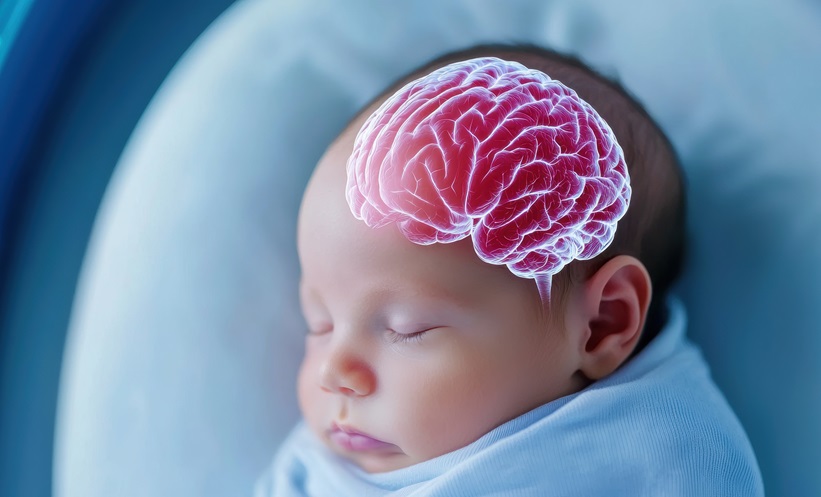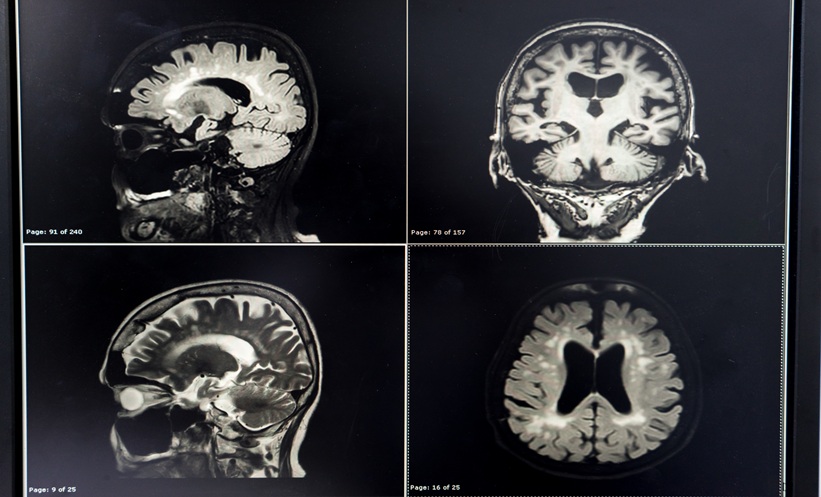A RECENT study has leveraged advanced machine learning to uncover three distinct autism spectrum disorder (ASD) subtypes, providing a novel view of the condition’s brain network variations. By focusing on individual gray matter brain networks, the research revealed how distinct neural properties and clinical traits correlate among these subtypes, particularly in key brain areas like the precentral gyrus, lingual gyrus, and middle frontal gyrus.
Using the heterogeneity through discriminative analysis (HYDRA) method, researchers identified three ASD subtypes with varying brain connectivity and topological properties. These subtypes not only showed differences in brain regions but also correlated with clinical measures, including verbal IQ and ADOS (Autism Diagnostic Observation Schedule) scores. Clinically, Subtype 1 presented lower verbal and performance IQ but higher communication scores than Subtype 2, suggesting unique clinical profiles that may support more targeted treatment approaches.
The study’s authors believe these findings underscore the importance of brain network analysis in addressing ASD’s complexity, particularly among male patients. As machine learning continues to evolve, the ability to subtype ASD based on neurological data may lead to more individualized, effective care options.
Reference: Guoemi X et al. Three autism subtypes based on single-subject gray matter network revealed by semi-supervised machine learning. Autism Res. 2024;17(10):1962-73.
Anaya Malik | AMJ








